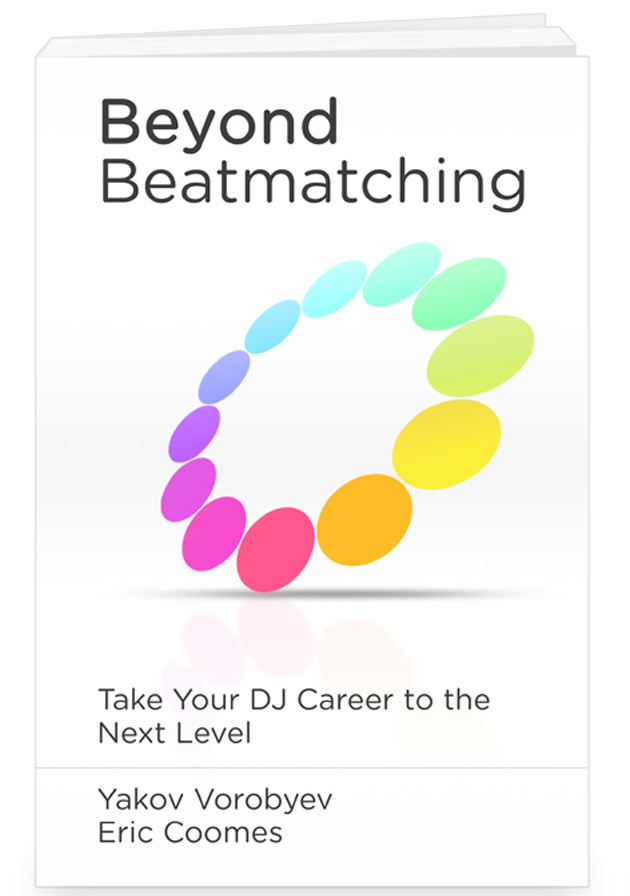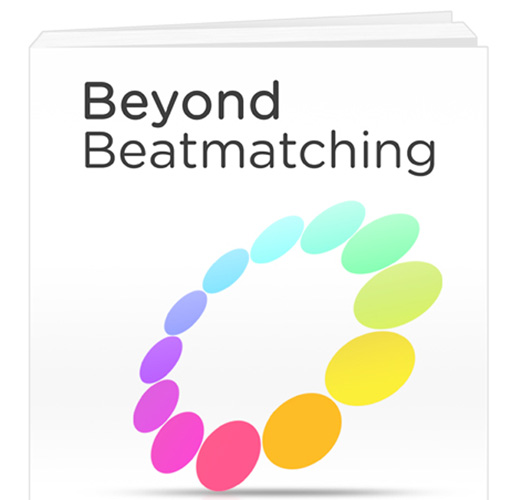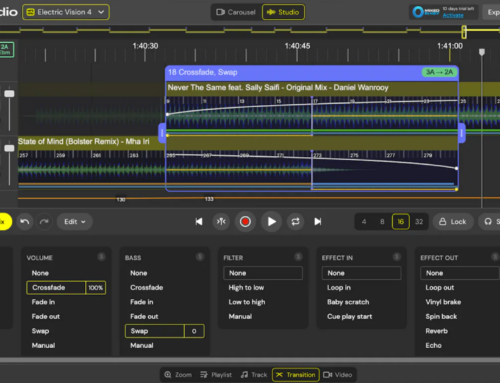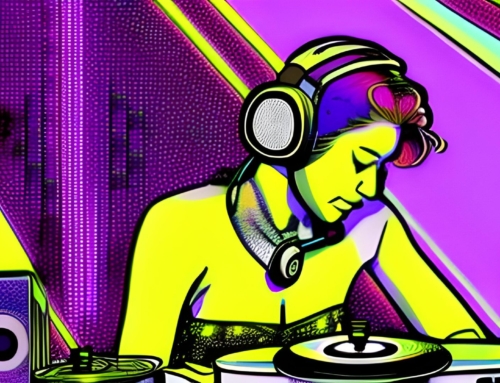 Sure you know how to use a mixer, match beats, and program a seamless, bumping DJ set that’s guaranteed to rock the house. But have you ever considered how the 17th century circle of fifths relates to throwing down on the decks?
Sure you know how to use a mixer, match beats, and program a seamless, bumping DJ set that’s guaranteed to rock the house. But have you ever considered how the 17th century circle of fifths relates to throwing down on the decks?
Well two people who have are Yakov Vorobyev and Eric Coomes, co-authors of Beyond Beatmatching, a new eBook about the technique and business of DJing. The book was put out by the creators of the DJ software program Mixed In Key.
Mixed in Key is a software solution designed to aid in harmonic mixing. Even if you’re unfamiliar with the term “harmonic mixing,” the odds are, you’re familiar with the technique. Harmonic mixing is essentially the process of mixing one track into the next based on key. Mixing like this helps to minimize the amount of distracting dissonance created in your mixes. It’s a technique used by many of the top DJs in the world today. But to do it properly, you need to know what key the songs you’re mixing are in.
That’s where Mixed In Key comes in. It’s a software solution that basically tells you what key the songs in your library are in. It can be used in concert with just about any other DJ software platform out there, including Serato, Traktor, and Ableton Live.
Since Beyond Beatmatching was written by the creators of this software, it’s perhaps unsurprising that the bulk of the book is dedicated to harmonic mixing practices and techniques.
But Beyond Beatmatching also features interviews with pro DJs, such as Mark Davis, Sasha, and Enferno (Madonna), who relay tips on harmonic mixing, other DJing techniques, and the DJ profession as a whole. The interviews are one of the most insightful aspects of Beyond Beatmatching; particularly the one with Davis, in which he talks about the 17th century circle of fifths (a progression of 12 pure musical fifths) and its relation to pulling off pitch-perfect mixes.
Some of the best information in Beyond Beatmatching for vinyl DJs comes from Francis Grasso, the New York DJ who pioneered beatmatching in the early 1970s. Grasso gives tips on how to “read” vinyl records by identifying lighter black grooves that are vocal sections and darker black grooves that are instrumental.
Beyond Beatmatching also breaks down song structure for DJs with: intros, verses, choruses, bridges, and outros explained; including information on how many multiples of beats are generally heard in each section in a typical track.
The book is full of helpful DJ tips you may or may not know, but certainly should. Such as the fact that digital DJs should only high-resolution audio files that are 320 kbps, as opposed to garden-variety 192 kbps files that sound fine on your laptop but come across dreadfully on a club sound system; or that fading down the bass from one track makes it easier to more smoothly transition into another
There’s even a helpful chapter on custom-building your own MacBook for DJing, along with invaluable professional pointers, like to always bring a couple CDs of DJ mixes along with you to play in case you experience technical difficulties.
Beyond Beatmatching also lays out the cold hard realities of the business of nightlife in a manner that would be beneficial for many young DJs to grasp sooner rather than later. And the book reveals interesting esoteric tidbits, such as that during economic downturns club-goers gravitate towards up-tempo, sad-sounding minor-key music, while during economic boom times, happy-sounding downtempo tracks in major keys go over better with crowds.
Beyond the technical aspects of the book, you’ll also find practical advice on the mechanics of the DJ business such as: designing a logo, getting promo photos taken, and using social media, such as Facebook and Twitter, to promote yourself and build your brand.
Throughout Beyond Beatmatching you do find references to the Mixed In Key software as well as Mashup, another program created by the book’s authors. And while it might be tempting to want to label the book as a marketing tool, none of the selling is too heavy-handed.
In the end, whether you’re just starting out or you’ve been DJing for ten years, and whether or not you go on to purchase Mixed In Key and retool your DJ set using harmonic mixing best practices, you’ll definitely take away some helpful insights into your craft and profession from Beyond Beatmatching.
The book is free to read online or available as a download for just $9.99. At just over 120 pages in length, Beyond Beatmatching is a quick read that contains a wealth of useful information, from which you can take what you like.





